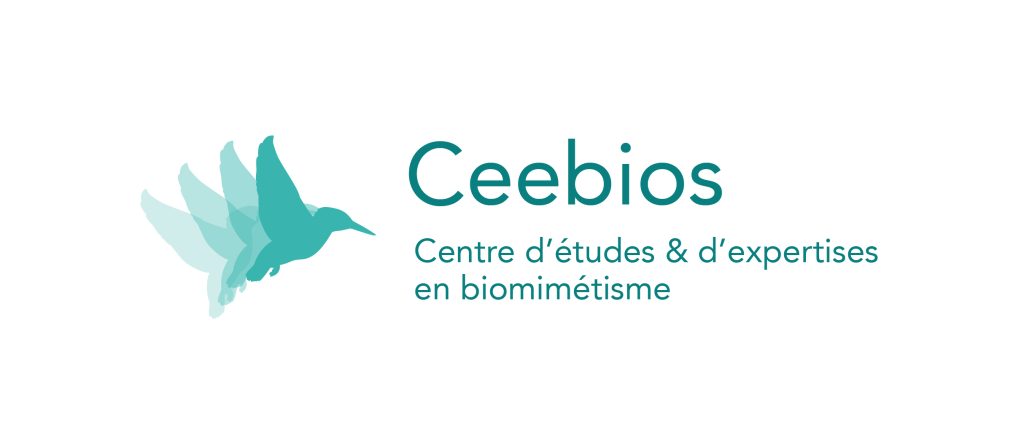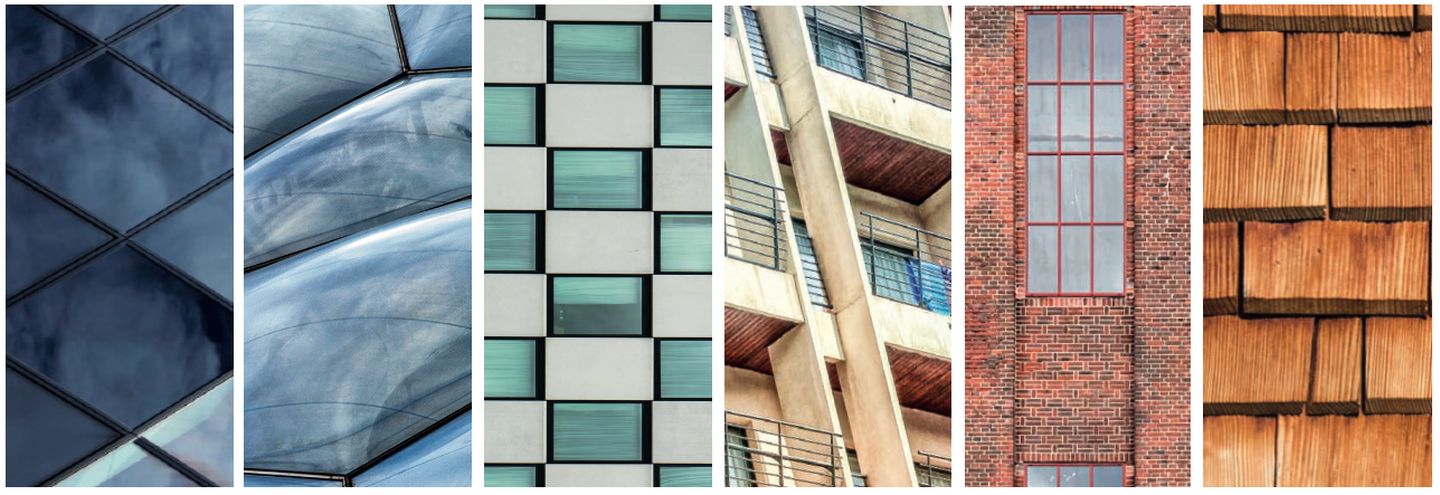Learning objectives
Trainees will develop the following abilities:
Hand draw a species to scale, in color, in ink and pencil
Represent the shadows and volumes of a species drawn in two dimensions
Ability to represent the same species using different techniques and in different contexts (small dot drawing, watercolor drawing, live sketches in the field, etc.),
Ability to use scientific draftsman's tools (magnifying glass, binoculars, binocular magnifier, etc.),
Acquisition of technical and historical references in scientific drawing
En partenariat avec

Content of the program
The program «Biomimicry: from biological envelopes to living facades» invites participants to rethink facades by studying the concept of envelopes in living organisms.
The concept of an envelope defines an interface between an interior and exterior environment. Envelopes can be living, such as skins, fur, feathers, scales, or non-living, like eggshells, mollusk shells, insect or bird nests. They have the unique ability to simultaneously regulate various parameters such as light, heat, humidity, etc.
Drawing inspiration from these envelopes allows for the design of high-performance and multi-regulating building facades.
This training, designed for professionals, facilitates an understanding and experimentation with concepts, tools, and methods in biomimicry that can be employed by those in project management for the design of facades inspired by living organisms.
The goal is to learn how to implement biomimicry to design facades that regulate multiple parameters simultaneously, such as water, air, light, heat, and sound, drawing inspiration from the studied envelopes of living organisms at Campus MaNa.
Monitoring
State architect and ecology researcher, Estelle is interested in graphic arts as a lever for transforming our relationships with living things. Trained in 2019 in scientific drawing at the Paris Natural History Museum, she has since illustrated several publications and scientific works and accompanied nearly ten scientific missions to Southeast Asia as a designer.
One day she would like to co-found a collective of artists, visual artists, painters, dreamers, writers, researchers, 30% of the proceeds from the works of which would be donated for actions to protect and raise awareness of the living.
Estelle followed the dual architect-engineer course at Ecole Centrale and ENSA in Lyon (2014). She obtained the degree of Doctor in ecology and environment at the Paris Natural History Museum after an interdisciplinary CIFRE thesis in biomimicry on facades inspired by the skin, hair and feathers of living things. Since 2023, she has shared her professional activity between research in biomimicry and the production of a cartoon report on biodiversity hotspots in Southeast Asia.
Methods
- Workshops equipped with professional machines, classrooms, multipurpose room
- Technical acquisition including an introduction to the operation of the tools, an introduction to their maintenance and their safe use
- Outdoor observation drawing, live sketches of mobile and immobile species
- Technical drawing in the workshop allowing the description of an endemic species of the MaNa site
- Creation of a scientific board describing a species
- Supply of naturalist tools (magnifying glass, binoculars and binocular magnifiers) and drawings (4B, 2B, HB, 2H, 4H pencils, 0.1 and 0.5 mm black pens, watercolor and brushes)
- Conferences on the history of scientific drawing and representation
- Educational distribution: 80% practical, 20% theoretical contributions
- Active participation and experimentation through the practice of drawing of participants are privileged
- During this workshop, participants' reflections will be nourished by discussions with scientific drawing professionals and researchers who question the representation of life through artistic practices and scientific drawing. This program leads participants to learn to observe biodiversity while acquiring a solid foundation in scientific drawing.
Evaluation follow-up and modalities
- Individual and group interviews
- Scientific drawing board
- Acquisition of basic scientific drawing techniques (small dots and watercolor)
- Self-assessment at the end of training in the form of a collective feedback
- Payroll sheet per half day
- Certificate of completion issued by Campus MaNa


